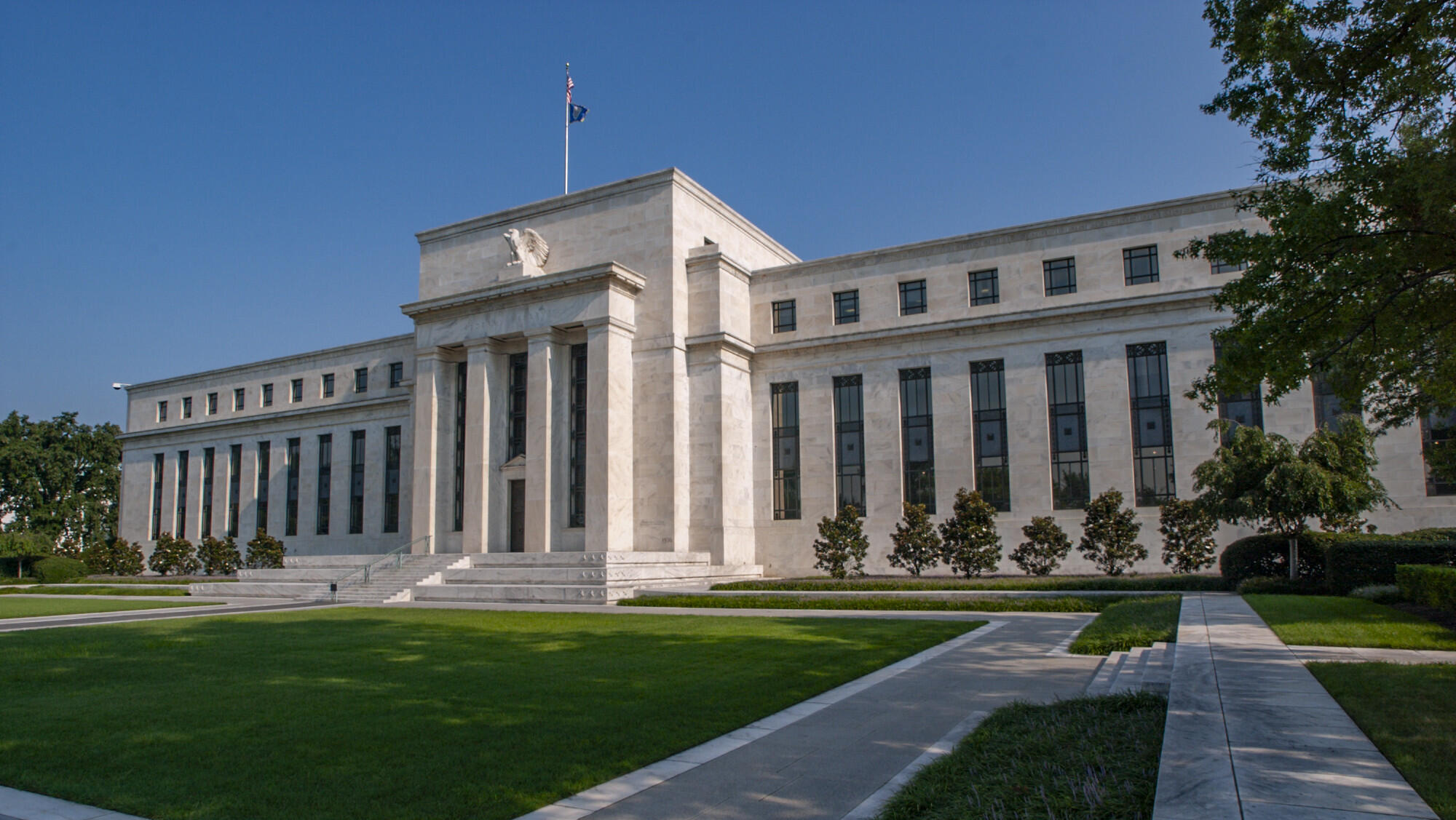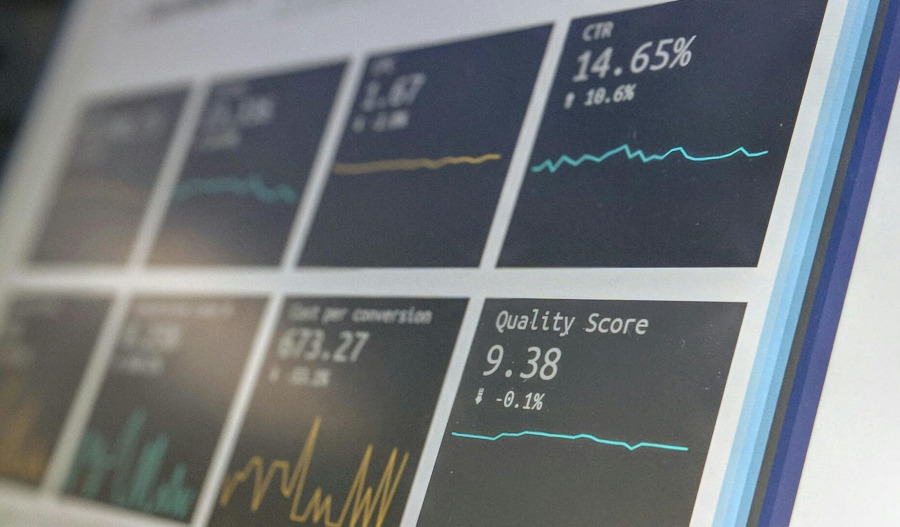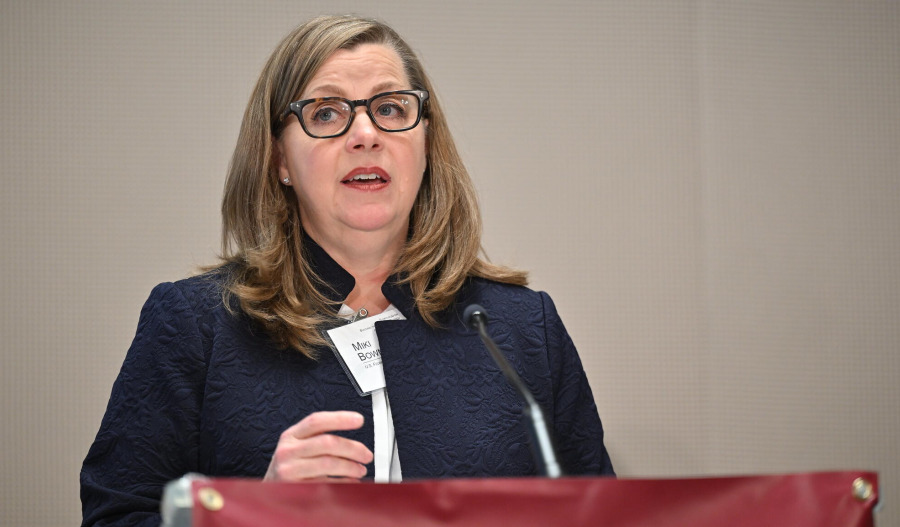Minutes from the Federal Reserve’s 29 - 30 July meeting revealed that two policymakers - Vice Chair for Supervision Michelle Bowman and Governor Christopher Waller - were alone in calling for a rate cut.
“Almost all participants viewed it as appropriate to maintain the target range for the federal funds rate at 4.25% to 4.50% at this meeting,” the minutes said.
The decision to hold steady was opposed by Bowman and Waller, who argued for a quarter-point cut to guard against further weakness in the labour market.
Their dissent marked the first time since 1993 that more than one Fed governor has opposed a rate decision.
“Participants generally pointed to risks to both sides of the Committee’s dual mandate, emphasizing upside risk to inflation and downside risk to employment,” the minutes noted. While “a majority of participants judged the upside risk to inflation as the greater of these two risks”, some viewed labour market weakness as the more urgent concern.
Economic data released just days after the meeting appeared to bolster Bowman and Waller’s concerns. July’s labour market report showed weaker-than-expected job creation, a higher unemployment rate, and a fall in labour force participation to its lowest level since 2022.
More strikingly, a major revision erased over 250,000 jobs previously thought to have been created in May and June, prompting President Donald Trump to dismiss the head of the Bureau of Labor Statistics.
At the same time, inflation readings gave cover to those wary of easing too soon. Core consumer prices accelerated faster than expected in July, followed by a sharp rise in producer prices, reinforcing concerns that Trump’s tariffs could reignite price pressures.
The minutes revealed a vigorous debate over tariffs and policy restrictiveness. Several officials noted the federal funds rate may not be far above neutral, where policy neither stimulates nor restrains growth.
While some goods prices were showing tariff effects, the overall impact on the economy and inflation remained uncertain. Policymakers acknowledged that “difficult tradeoffs” may lie ahead if inflation persists while the labour market deteriorates.
Traders are betting heavily on a September rate cut. According to the CME Group FedWatch Tool, markets assign an 81.9% probability of a quarter-point reduction at the 16 - 17 September meeting, the first since the Fed last adjusted rates in December.
The release of the minutes comes just ahead of Fed Chair Jerome Powell’s keynote speech at the annual Jackson Hole symposium.
With his term expiring next May, the address could provide crucial insight into whether Powell is leaning toward easing to shield the job market or maintaining a harder line against inflation.
Trump has grown increasingly frustrated with the Fed’s stance, frequently criticising Powell for resisting rate cuts since his return to the White House.
The president has already begun considering successors, nominating Council of Economic Advisers Chair Stephen Miran to replace former Fed Governor Adriana Kugler, who resigned earlier this month. Miran’s confirmation status remains uncertain.
Meanwhile, Trump escalated pressure on the central bank this week, demanding Fed Governor Lisa Cook resign over alleged misconduct involving mortgages on her Georgia and Michigan properties.



